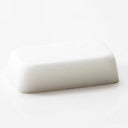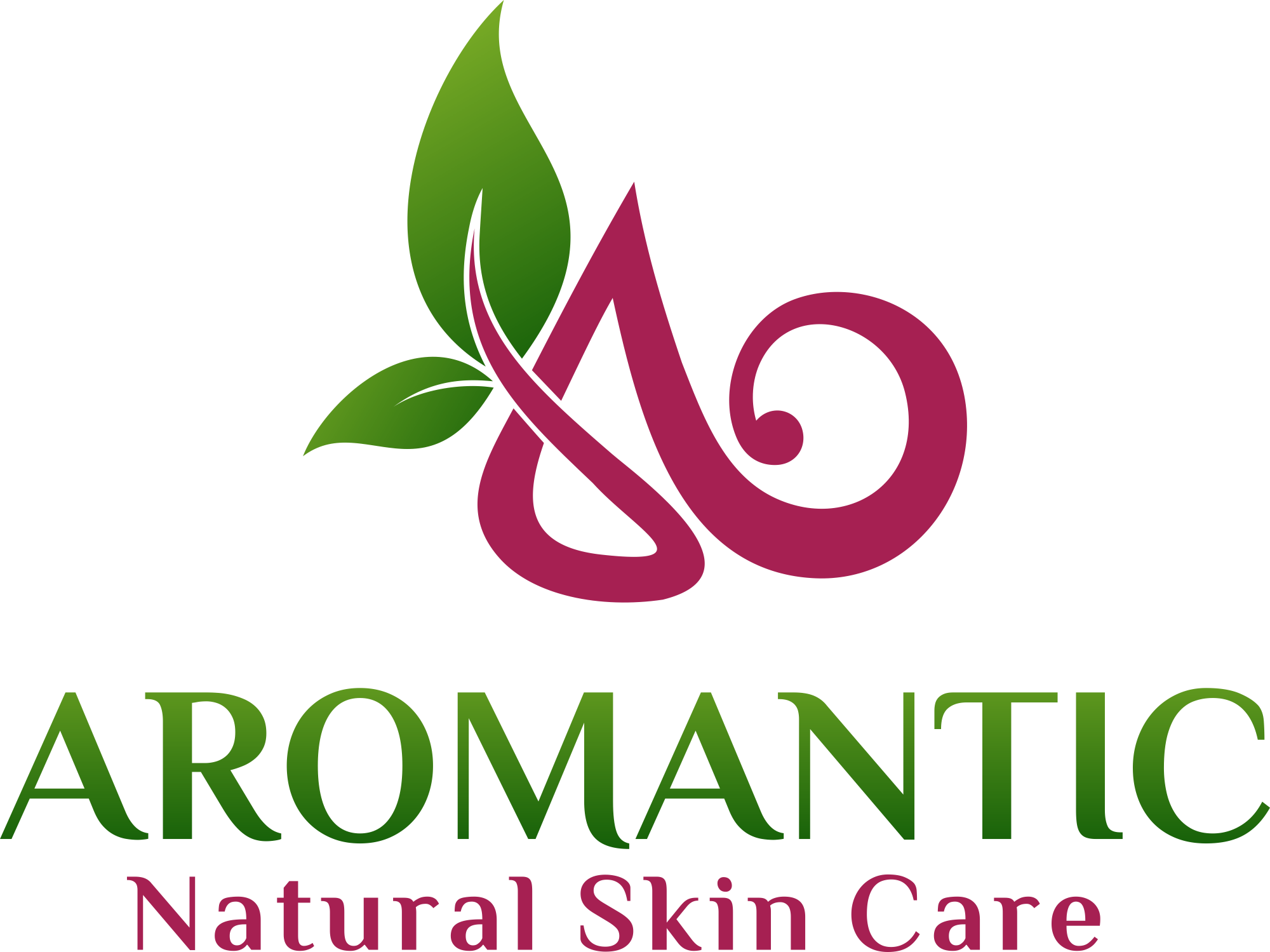Introducing our new White Glycerine Soap base (SLS & SLES free).

White Glycerine Soap (SLS & SLES Free)
From £9.77 GBP (Inc VAT) Sold out
 White Glycerine Soap (SLS & SLES Free)
From £8.14 GBP (Ex VAT)
White Glycerine Soap (SLS & SLES Free)
From £8.14 GBP (Ex VAT)
From £9.77 GBP (Inc VAT)

From £9.77 GBP (Inc VAT)
Your payment information is processed securely. We do not store credit card details nor have access to your credit card information.
Minimum Shelf life:
White Glycerine Soap (SLS & SLES Free) Product Description
PRODUCT DESCRIPTION
White Glycerine Soap is a vegetable glycerine derived melt and pour soap base that is used for the manufacture of white or pastel opaque soap bars.
It has a neutral odour that takes and holds essential oils and fragrances well.
White Glycerine Soap contains no Sodium Laureth Sulfate or Sodium Lauryl Sulfate.
HOW TO USE IT
White Glycerine Soap is used for the manufacture of opaque melt and pour soap.
It can easily be coloured using a little of our WB (water based) / NWB (non water based) / Pearlescent Colours for a pastel coloured soap. It has great lathering and foaming properties.
It is suitable for making soap loaves for slicing or for pouring into fancy moulds. It can be used to make coloured embeds that can be added to loaves, layered in stripes, shredded to make confetti soap and so much more. Your imagination is the only limitation!
Easy to use and fun to create with, simple enough to make fun projects with your children. Just melt gently in the microwave oven or a double boiler, add essential oils, colour, petals or exfoliants, stir and pour gently into your chosen moulds.
Cut the soap base up into small chunks so that it will melt more easily. Put into a double boiler (bain marie) or microwaveable jug and heat gently until it starts to melt. If melting in the microwave oven heat it for 30 seconds then check it before heating for another 30 seconds. Stir the melting soap base and continue in this way until it is fully melted.
Do not leave it melting over high heat for a long time as this will evaporate some of the water content and will cause the finished soap to sweat in storage.
If you are adding water based active ingredients or colours keep the amount added low. DO NOT add potpourri refresher oils, diffuser oils or candle fragrance oils to your Glycerine Soap Base as they may not be safe for use on the skin.
Small quantities of carrier oils such as Apricot Kernel Oil, White Poppy Seed Oil etc may be added for extra moisturising properties but be aware that these may make the finished product softer and produce less lather.
Should you choose to add carrier oils we suggest no more than 2% is added. Active ingredients may also be added but as this is a wash off product they are better used in a leave on product where the skin will benefit from them more.
DO NOT add water to your Melt and Pour Glycerine Soap Base as this will make the end product slimy and not set up properly.
Whenever you wash with a glycerin soap a fine film of glycerine remains on the skin even after rinsing. As glycerine is an humectant it attracts moisture from the air, to itself, thereby helping to leave your skin feeling lightly moisturised.
Once your new soap has completely set up and been removed from the mould(s) store the slices or shapes wrapped in cling film.
Hair Care
If you have very short or close cropped hair, the soap can be used to wash it and will leave the scalp moisturised.
It is not, however, designed as a shampoo bar suitable for longer hair.
Other
Highly fragranced soaps make great air fresheners for bathrooms, cupboards and drawers.
However if your soaps are stored in a humid area or are not wrapped they will draw moisture from the air, as glycerine is an humectant, which can cause them to sweat and feel sticky.
Wrapping your soaps tightly in a plastic wrap straight after unmoulding / slicing is generally the best way to prevent them from sweating, or store them in an airtight container.
pH 9.5-10.5
Handy Hints / Tips
Be careful to not overheat your soap base when melting it as this can cause it to lose moisture which can then cause it to sweat in storage.
If you want to store your soaps for some time it is better not to harden them off in a ‘fridge or freezer but to allow them to set up at room temperature. Although this does take longer it also helps to prevent the finished soaps from sweating.
If you find that your stored glycerin soap has begun to sweat simply wipe the droplets of moisture away with a clean paper towel or gently scrape the moisture off with a butter knife.
Glycerine soaps may also be stored wrapped in paper coffee filters, greaseproof paper bags, wrapped in fabric or a cloth bag. Remember the less air there is in your packaging the less chance there is of the soaps sweating.
Store cool and dry.
RECIPES & BLENDS
Top notes such as the citrus essential oils may need the addition of a fixative such as May Chang to help them remain longer in the soap. However there are exceptions, Cinnamon, Lemongrass, Tea Tree & Eucalyptus often stick for far longer.
The fragrance of mid notes such as Geranium, Rosemary, Palma Rosa and Myrtle and base notes such as Patchouli, Sandalwood, Vetiver & Frankincense tend to remain longer than top notes in the soap base and are lovely additions to a blend so don’t be afraid to experiment.
Lavender and Spearmint makes a great, refreshing scent.
Frangipani and Fragonia makes a very complex, floral aroma.
Lime is quite robust but you will find that May Chang gives a more intense lemon scent than Lemon does.
Geranium and Lavender is a lovely summery blend.
Melt and Pour Glycerine Soap Base is different from traditionally made cold process soap. It is a soap that has been created to produce an easy to use base to which you can add colour, fragrance etc without the need to use Sodium Hydroxide. Melt and Pour Glycerine Soap started out in the same way as traditional cold process type soap but has gone through additional processes to form the glycerine soap base. It depends on the ingredients used and the manufacturing process as to whether the glycerine soap base is clear or translucent.
Melt and Pour Glycerine Soap does not need to be cured and can be used immediately.
One form of soap or another has been used for thousands of years. During the “Dark Ages” soap was little used for personal hygiene. The type of soap made, known as Lye Soap, would have been made from left-over, boiled, animal fats mixed with an alkaline solution made by combining fire ashes and water to create lye. The lye solution would be poured into the melted animal fats which causes it to heat up. This was stirred constantly while it thickened which could take several hours, before being poured into containers to set up. Lye soap was made for cleaning wools and cooking utensils.
It was not generally used as a cosmetic product for a long time. When it did become more popular for personal hygiene, it was an expensive product that was highly taxed, making it a luxury only the wealthy could afford.
Modern cold process bar soap uses factory produced Sodium Hydroxide to saponify the oils. Cold process soap makers create recipes designed to give the soap a variety of properties that are beneficial to the skin. Once made the soap bars are cured for 4-6 weeks while the saponification process is completed and the bars harden.
TECHNICAL DOCUMENTS
Here is a link to all non batch specific documents for this product Link to Technical Documents
If you have any questions about the documents or need the Certificate of Analysis (COA) for a product which you have recived, then please request that here.



